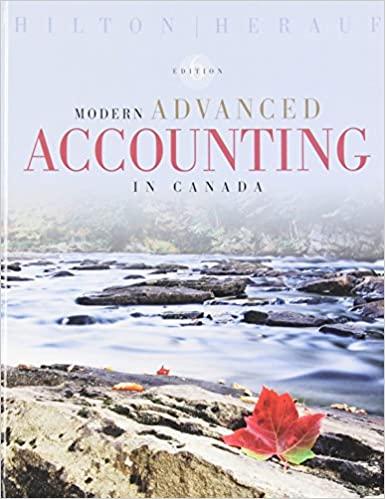Probability A n 0.1 (7%) (39%) 0.2 5 o 0.5 14 23 0.1 23 25 R 0.1 31 4s a. Calculate the expected rate of return, 7'13, for Stock B (;'A = 12.90%.) Do not round Intermediate calculations. Round your answer to two decimal places. /u b. Calculate the standard deviation of expected returns, 0A, for Stock A (on = 21.64%. ) Do not round Intermediate calculations. Round your answer to two decimal places. /o Now calculate the coefcient of variation for Stock B. Do not round intermediate calculations. Round your answer to two decimal places. ' Is it possible that most investors might regard Stock 8 as being less risky than Stock A? I. If Stock 8 is more highly correlated with the market than A, then it might have a lower beta than Stock A, and hence be less risky in a portfolio sense. II. If Stock B is more highly correlated with the market than A, then it might have the same beta as Stock A, and hence be just as risky in a portfolio sense. III. If Stock B is less highly correlated with the market than A, then it might have a lower beta than Stock A, and hence be less risky in a portfolio sense. IV. If Stock B is less highly correlated with the market than A, then it might have a higher beta than Stock A, and hence be more risky in a portfolio sense. V. If Stock B is more highly correlated with the market than A, then it might have a higher beta than Stock A, and hence be less risky in a portfolio sense. -Select- v c. Assume the risk-free rate is 1.5%. What are the Sharpe ratios for Stocks A and B? Do not round intermediate calculations. Round your answers to four decimal places. Stock A: A Stock 8: 7 Are these calculations consistent with the information obtained from the coefcient of variation calculations in Part in? I. In a stand-alone risk sense A is less risky than B. If Stock B is less highly correlated with the market than A, then it might have a higher beta than Stock A, and hence be more risky in a portfolio sense. II. In a stand-alone risk sense A is more risky than B. If Stock B is less highly correlated with the market than A, then it might have a lower beta than Stock A, and hence be less risky In a portfolio sense. if > 111. In a stand-alone risk sense A is more risky than B. If Stock 5 is less highly correlated with the market than A, then it might have a higher beta than Stock A, .and ' hence be more risky in a portfolio sense. WWI! rm-I2 R i: mnm hlhhlv Pnrrnlal-nrl mm. H\". Mun\". .t\" . .tw







